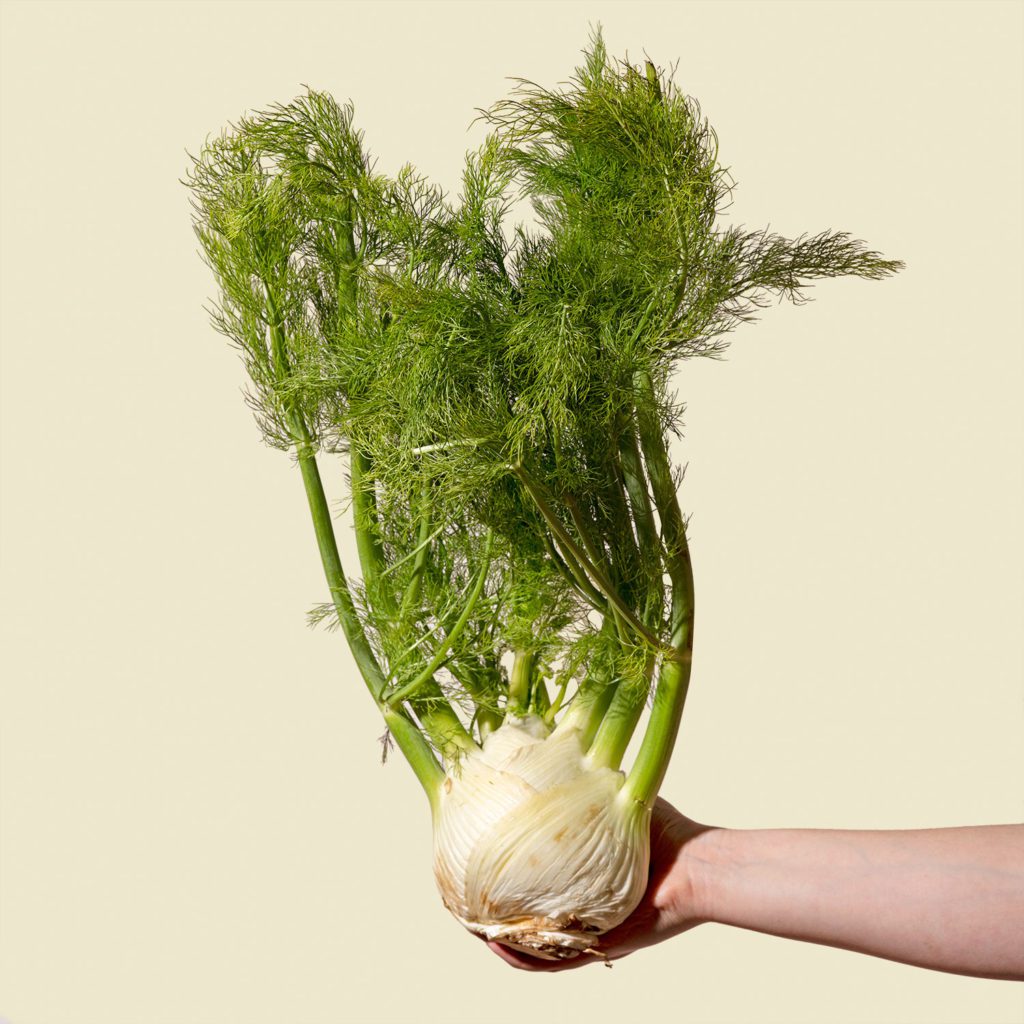
Meat isn’t the only thing that benefits from a nose-to-tail approach! Treating herb stems and root vegetable tops as ingredients in their own right means minimizing waste—and getting more mileage out of fresh fruits and vegetables. Our root-to-leaf approach to produce is threefold:
Take Stock of Stems and Cores
Cabbage cores are shockingly low-maintenance and are ideal for pickling, as they soften right up after a few days’ soak in brine. To use ’em raw, just finely shred for bulking up salads or incorporating into slaws.
Broccoli and cauliflower stalks, meanwhile, are milder and sweeter than florets. Cooking with them couldn’t be any easier—after peeling away the tough surface and slicing into medallions, you’re just a few minutes away from a new staple side dish.
The stems of tender herbs—parsley, dill, cilantro, basil, and the like—taste just like their leaves, albeit a bit muted. Chop very finely for sprinkling over salads or for deepening flavors in broths and soups.
See the Appeal of Rinds and Skins
We love watermelon, but hate the idea of tossing all that rind away. So naturally, we developed our own recipe for pickled watermelon rind that doubles as an excuse to mix up a gingery, bubbly cocktail.
Kiwi skins are full of fiber and nutrients, including vitamin E. If you don’t mind tasting a bit of fuzz, you can go ahead and eat kiwis whole—yup, like an apple—after giving them a thorough washing. If this isn’t quite your speed, you can also toss it, skin and all, in the blender to balance out a sweet smoothie.
Citrus salt! A loose leaf chai blend! Marmalade! Dare we say that citrus peels are almost as versatile as the fruit they protect? You can also always freeze lemon, lime, and orange zest for later. Just spread it on a parchment paper-covered baking sheet before popping in the freezer, then transfer to an air-tight container once hardened.
Leave No Greens (or Tops) Behind
We’re looking at you, carrot, radish, and turnip tops. The latter two are closely related to arugula, which means their slightly peppery leaves are right at home in a mixed greens salad. Carrot tops, on the other hand, taste and smell particularly “carrot-y.” They bring a parsley-like earthiness to pesto, chimichurri, and other herb-heavy sauces. (This root-to-tip recipe for roasted carrots with chimichurri uses the veg and its leaves.) Just be sure to wash and dry all of the above before use.
Beet greens are similar to Swiss chard with their vibrant stems and superb sauté-ability. We like ’em best sautéed with garlic, onion, and finely chopped mushrooms to properly showcase their silky texture when cooked.
Those frilly leaves shooting off the tops of celery stalks look similar to parsley or cilantro—which is also a clue for how to use celery leaves. Add them to salads, broths, and marinades to bring anise-y notes.
And those feathery fennel fronds? Totally edible, too. They might look like dill but have a licorice-y, anise-like flavor—very similar to the flavor of the fennel bulb itself. Use the delicate fronds in pestos, vinaigrettes, or use them as garnish for soups, salads, roasted veggies, and cooked meats.
Like this? Keep reading:
Produce That Shouldn’t Be Stored Together
